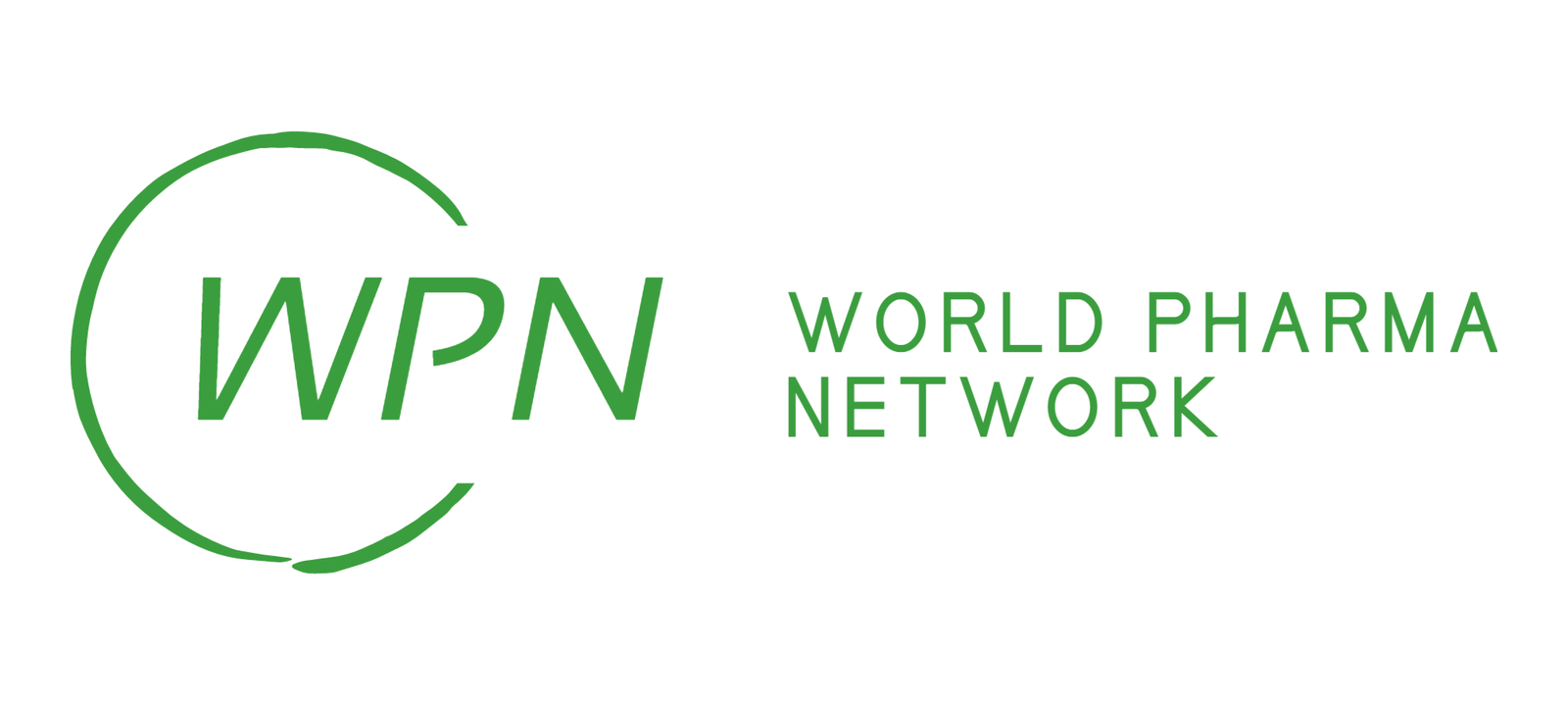The US Food and Drug Administration (FDA) had approved 35 new molecules as an anticancer agent between 2013 to 2018.
Therefore, cancer medication invention is going on in a positive manner.
But many cancer patients may face difficulty in getting cancer medication.
However, the American Society of Clinical Oncology takes an initiative by launching the Cancer.
Net Mobile app. This is an award-winning free mobile application available on both iOS and Android devices.
World pharma network offers a completely- featured set of tools to manage cancer care for a cancer patient, as well as trusted, oncologist-approved information from Cancer.Net.
Chemotherapy is often given for a specific time, such as 6 months or a year. Or the patient may receive chemotherapy for as long as it works.
Side effects from many drugs are too severe to give treatment every day. Doctors usually give these drugs with breaks, so the patient gets time to rest and recover before the next treatment.
This lets healthy cells heal.
For example, the patient might get a dose of chemotherapy on the first day and then have 3 weeks of recovery time before repeating the treatment.
Each 3-week period is called a treatment cycle.
Several cycles make up a course of chemotherapy. A course usually lasts 3 months or more.
Some cancers are treated with less recovery time between cycles. This is called a dose-dense schedule.
It can make chemotherapy more effective against some cancers. But it also increases the risk of side effects.
The normal accessibility of cancer growth medications was lower in the public area (61.2%) than in the private area (67.45%), with high changeability across individual meds.
The accessibility of the People’s Health Insurance medications was marginally higher (70.2%), particularly for those for bosom disease and leukemia.
More noteworthy accessibility mirrors an expanded government interest in these two sorts of cancer medicines. Admittance to colorectal cancer growth medications was lower than bosom disease and leukemia prescriptions; hindrances to get to fundamental meds for the colorectal disease have been accounted for, notwithstanding the way that colorectal cancer is covered by the People’s Health Insurance.
Renal cancer growth medications for grown-up patients had the most minimal accessibility of all, logical in light of the fact that they are not covered by the People’s Health Insurance and in this way deprioritized.
By and large, the accessibility of disease meds falls beneath the World Health Organization’s (WHO) focus of 80% for fundamental prescriptions to treat major NCDs (which incorporates cancer). Low accessibility in the private area could be clarified by the way that particular prescriptions are showcased in chosen drug store chains as it were.
In this manner, patients have a restricted selection of drug stores, limited to certain states and for the most part in metropolitan regions.
Most cancer growth medications are exorbitant for patients.
Exorbitant costs of disease prescription in the private area ordinarily lead to calamitous consumption, specifically for low-pay patients who couldn’t get their meds in the public area.
Other than more extensive public health care coverage inclusion for public area drugs, extra evaluating strategies are important to further develop admittance to more reasonable cancer growth meds in the private area.

